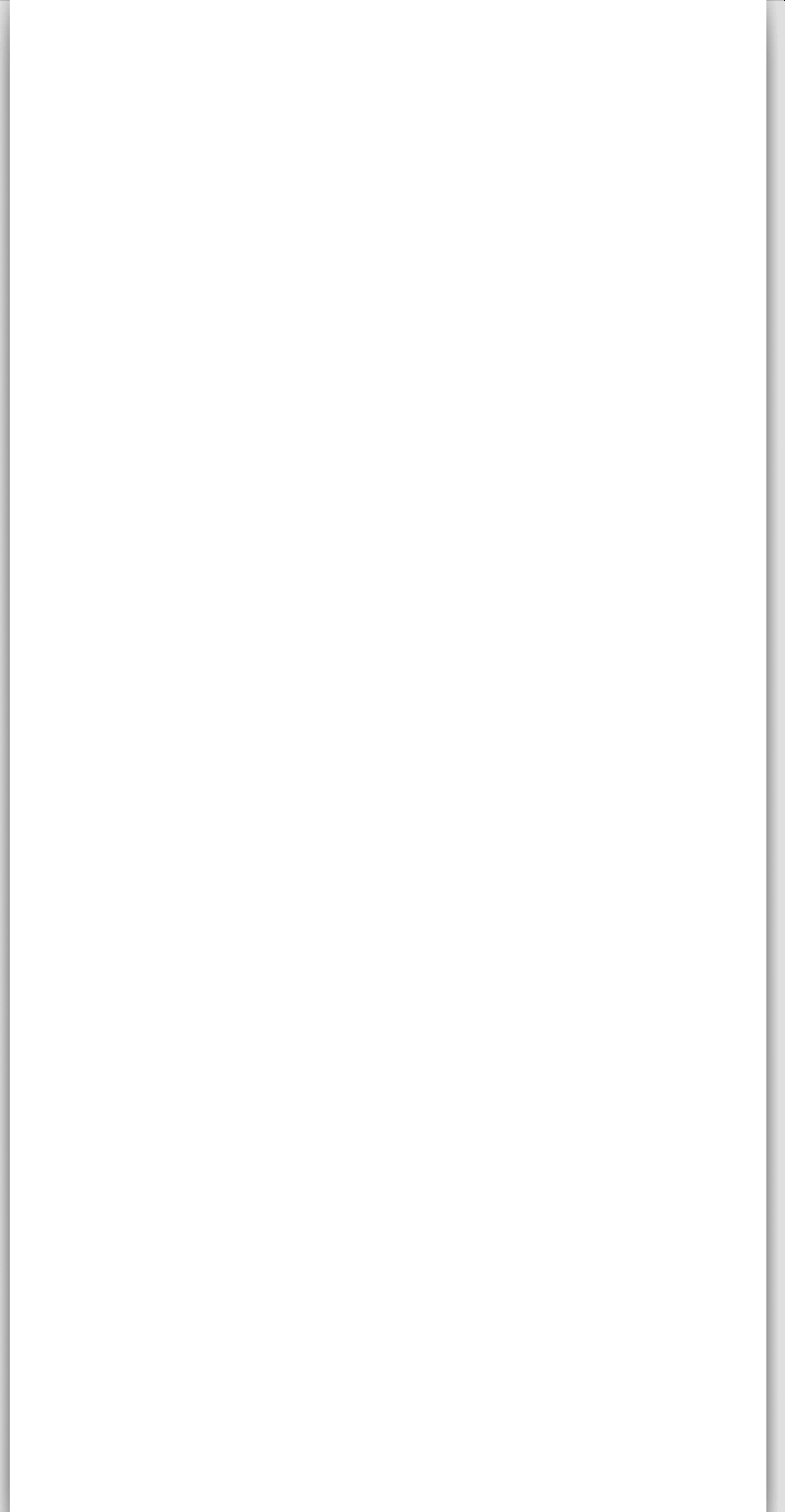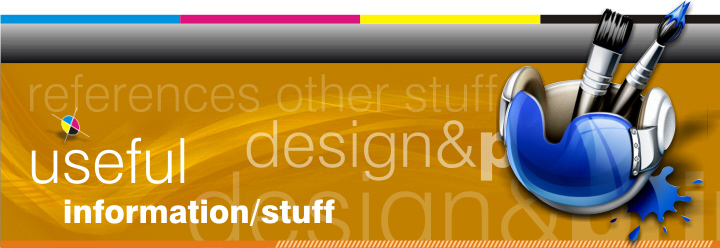It can help to involve your printer early on in the project. They may suggest a more cost- effective method and advise on the choice of paper for the best end result. If you are planning to create an odd-sized piece, it’s worth checking maximum sizes as this might dictate which machinery is used and impact on price.
* Ensure all images are in the correct format, e.g. CMYK.
* Check spot colours have been used consistently throughout the files.
* Check spot colours have been used consistently throughout the files.
A useful check for the above is to run out all separations, this will alert you to any additional or missing colours or items in your files, to save materials you can print separations directly to a pdf file.
When sending artwork, it always helps to include a brief instructional READ ME.txt file or similar. Even the most straightforward of jobs can benefit from a quick list of items involved, filenames, colours, sizes and anything else which is relevant to each job. click here to find out more about supplying files.
Check proofs carefully, as this is the processed file which will create the final
printing plates. If you do spot an error, or need to change something for whatever reason, this is the time to do it. Many printers now believe that proofing is very important to ensure no errors but an unecessary use of materials, time and cost
printing plates. If you do spot an error, or need to change something for whatever reason, this is the time to do it. Many printers now believe that proofing is very important to ensure no errors but an unecessary use of materials, time and cost
which can be done simply on-screen by PDF.
Depending on the size and complexity of the job, we believe that there is still no substitute for being able to check contract colour-calibrated proofs and in some instances even a paper mock-up. The benefit of a single set of proofs is soon recognised when a small error spotted at this stage saves reprinting an entire job.
The simplest errors such as incorrect page order might be overlooked on a monitor, but is much more likely to be spotted with full-size proofs and/or mock up. PDF proofing is utilised where the job content allows and/or when time contstraints dictate.
A suggestion for proofing text, is to read it backwards.
No. No matter how well-calibrated your monitor may be, the way colours are shown on a monitor using RGB (red, green, blue) is very different to the way colours are printed in inks. Also the type of stock will have an additional effect on the final result. For instance an uncoated stock will make colours look darker due to the spread or dot gain.
A colour proof will be the nearest guide to the results you can expect from using a gloss art paper.
A colour proof will be the nearest guide to the results you can expect from using a gloss art paper.
Laminating is a durable film that is applied over the Stock. These finish are more evident on business cards and covers.
Matt and Gloss being the most popular and cost efficient to use. It prevent ink from scuffing and creates a very nice finished look
Matt and Gloss being the most popular and cost efficient to use. It prevent ink from scuffing and creates a very nice finished look
Varnish is a ink that coating that is applied mainly to seal ink on the finished press sheets.
UV Coating is a liquid form process, which almost finishs like laminating. It can be applied to specific areas on a sheet to create highlighted finishs.









